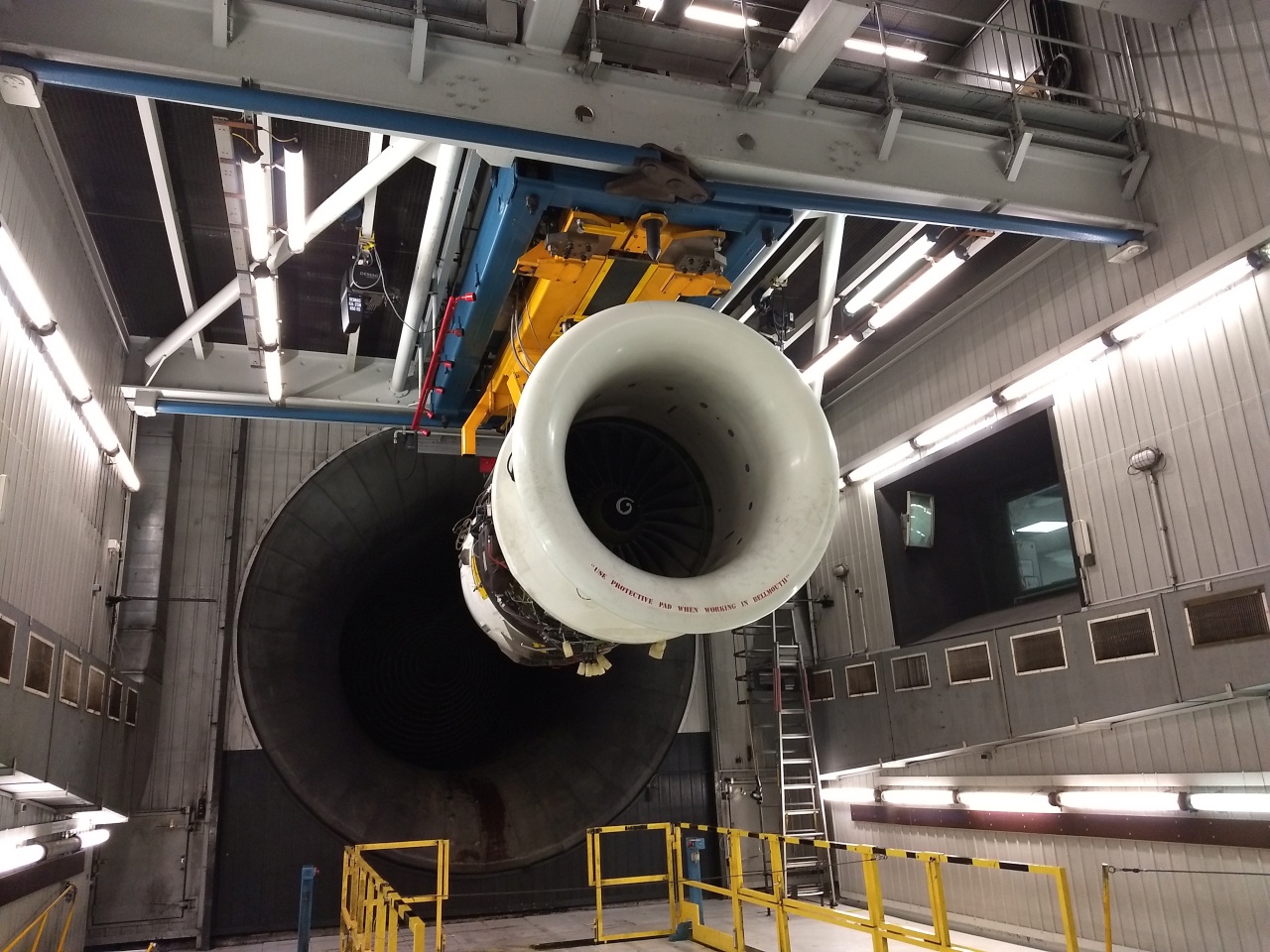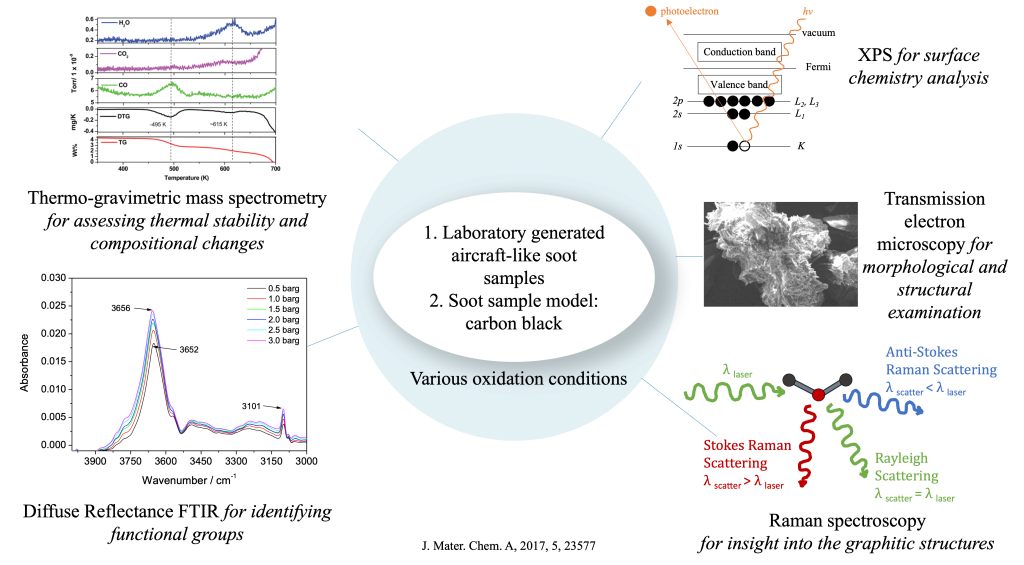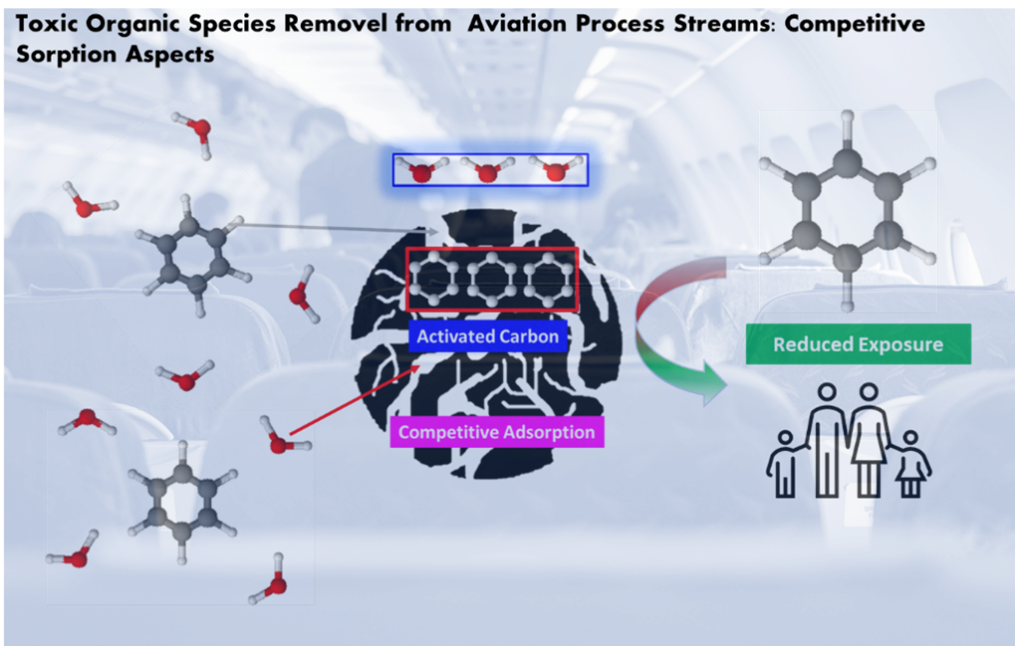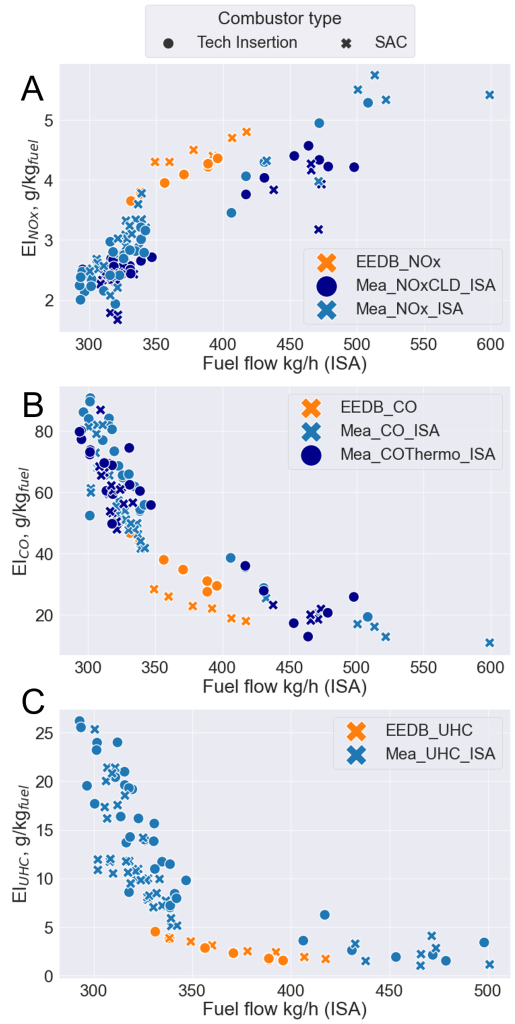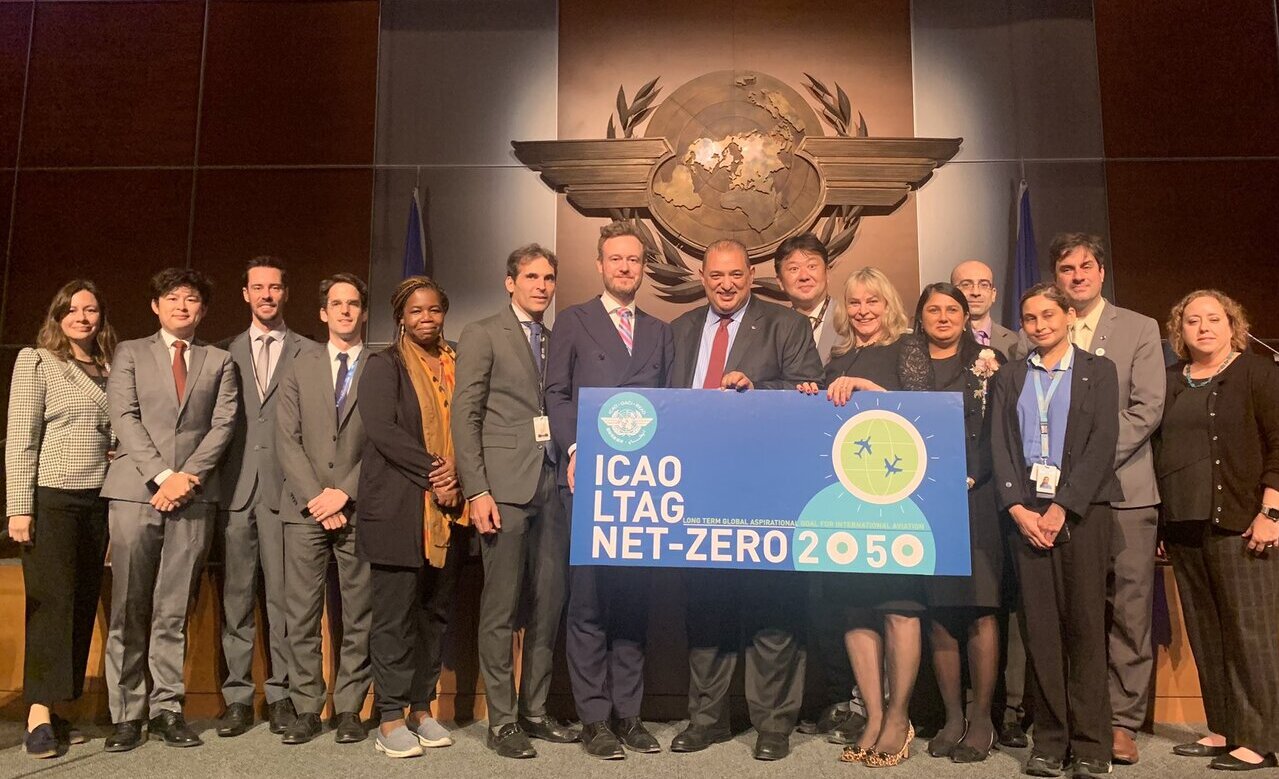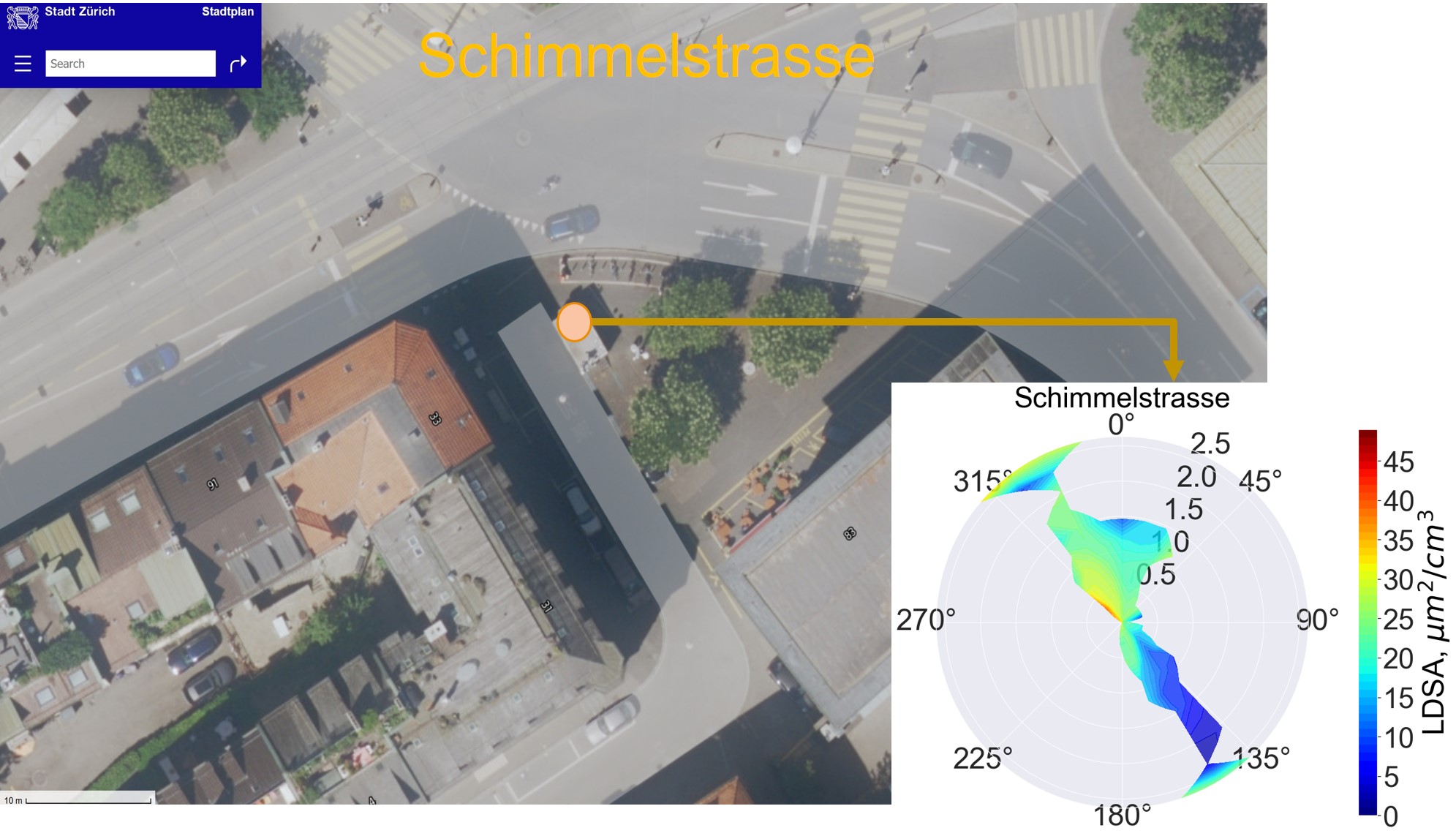
AIRSPACE: Tailoring the Adsorption Properties of Bamboo-Derived Activated Carbons (BAC) for VOCs Removal in Aviation Air Process Streams
(Funded by ETH Zürich Leading House Asia to promote Swiss and Thai research collaborations) Project Description and Objectives Air quality in airplane cabins is vital due to the presence of harmful volatile organic compounds (VOCs) that can affect passengers’ and crew members’ health (known as Aerotoxic Syndrome). These VOCs, originating from sources like exhaust gases […]

